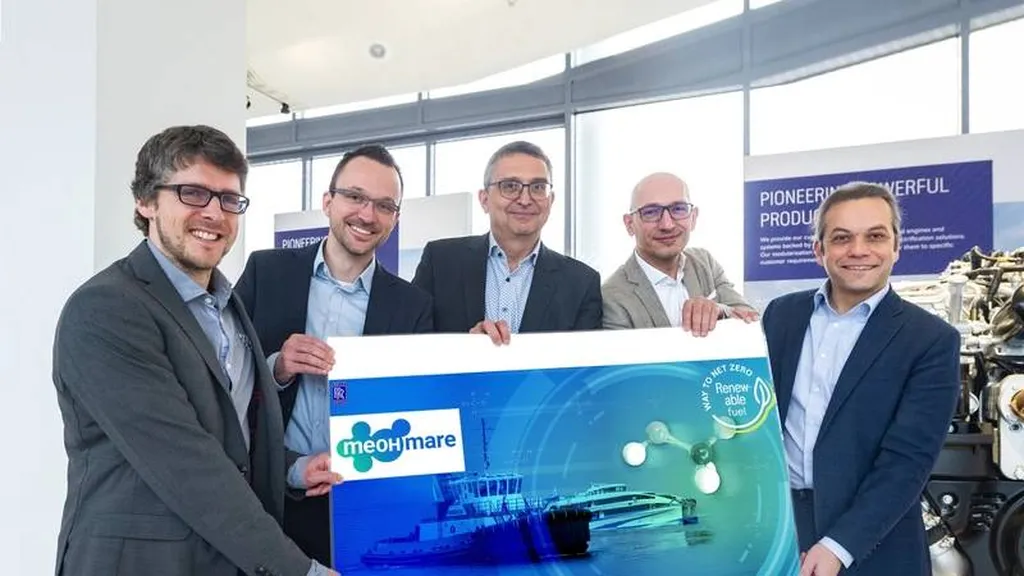In the quest to make maritime transport greener, researchers have been exploring alternative fuels like methanol (MeOH). A recent study, led by Erika Croner from the Technical University of Munich and Everllence SE, has shed light on how methanol can be used in maritime engines, and the role of a specific catalyst in reducing harmful emissions. The research, published in the journal “Applications in Energy and Combustion Science” (which translates to “Anwendungen in Energie- und Verbrennungstechnik”), offers valuable insights for the maritime industry.
The study focuses on the interaction between the exhaust gas emissions from a methanol-powered engine and a vanadium–tungsten–titanium oxide (VTT) Selective Catalytic Reduction (SCR) catalyst. Currently, engines can’t run on 100% methanol, so a blend with diesel is used. This blend produces emissions that necessitate the use of an SCR catalyst.
The research found that formaldehyde (HCHO) is produced when methanol is oxidized. This formaldehyde then reacts with ammonia (NH3) to form hydrogen cyanide (HCN), a toxic compound. As NH3 is consumed in this process, the conversion rate decreases. However, the study also found that unwanted emissions can be reduced by adjusting certain parameters, such as the ratio of NH3 to NOx (alpha), pressure, space velocity, or water content.
Croner emphasized the importance of durability in real-world applications, stating, “Since durability is an important issue in real world applications, a field aged catalyst is evaluated additionally.” This suggests that the catalyst’s effectiveness can decrease over time, which is a crucial factor for maritime professionals to consider.
The commercial impacts of this research are significant. As the maritime industry seeks to reduce its environmental footprint, methanol is emerging as a promising alternative fuel. However, the use of methanol in engines requires careful management of emissions, and this study provides valuable insights into how that can be achieved.
The findings offer opportunities for maritime professionals to optimize their engine performance and emission control strategies when using methanol as a fuel. By understanding the role of the VTT SCR catalyst and the factors that influence its effectiveness, they can make informed decisions that benefit both their operations and the environment.
In the words of the study, “Unwanted emissions can be reduced by adjusting specific parameters,” a finding that could guide the maritime industry towards more sustainable practices. As the world looks to reduce its carbon footprint, research like this is a beacon, illuminating the path forward for maritime transport.

